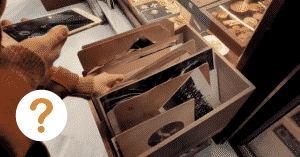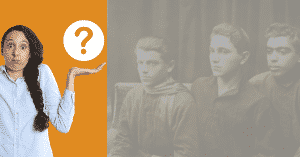How to Restore Old Photos
There’s a special kind of magic that lives within old photos. Each one serves as a time capsule, holding precious moments frozen in time, brimming with stories begging to be told. They hold the smiles of our grandparents in their youth, the innocent laughter of our parents as children, and the nostalgic memories of times before smartphones and digital cameras. Yet, these priceless mementos are susceptible to time’s relentless march, often resulting in faded colors, damaged surfaces, and obscured faces. This is where the necessity of photo restoration comes into play.
Just like a lovingly preserved family heirloom, each photo carries an emotional weight and historical significance that deserves to be cherished. However, the ravages of time, coupled with environmental factors, can degrade these irreplaceable tokens of personal history. Photo restoration breathes new life into these treasured keepsakes, revitalizing them for future generations to appreciate. It’s not just about repairing an object – it’s about rekindling connections with our past, preserving our heritage, and keeping our stories alive.
II. The Journey of Photo Restoration
The art of photo restoration has come a long way since its humble beginnings. In the early days, artists would painstakingly attempt to repair physical damage by hand, using paints, dyes, and an incredible amount of patience. It was a laborious process, requiring a delicate touch and an expert understanding of color, light, and texture. But as technology advanced, so too did the techniques used in photo restoration.
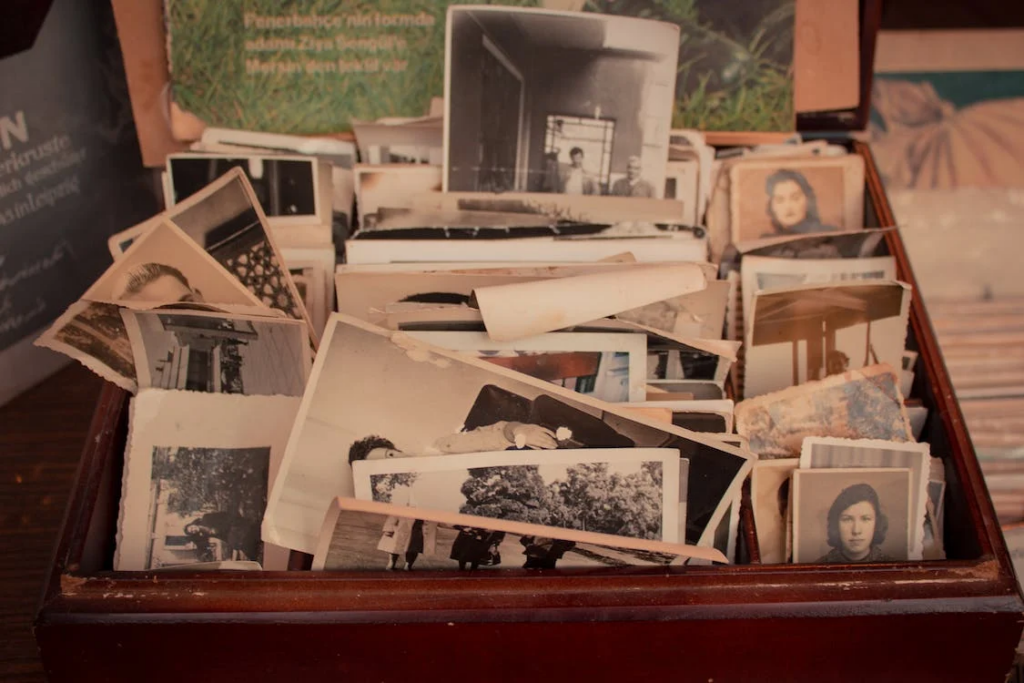
With the advent of digital technology, photo restoration has been revolutionized. Modern restoration experts now utilize sophisticated software to mend torn edges, remove stains, and even reconstruct missing parts of an image. These digital tools allow us to perform miracles, turning a faded, damaged photo into a vibrant memory once more. However, despite these advancements, restoration remains a challenging process.
III. Challenges in Photo Restoration
Photos can suffer from a range of damage types: fading due to exposure to sunlight, discoloration from chemical reactions, physical damages like tears, scratches, or water stains, and even mold damage in damp conditions. Each type of damage presents its own unique challenges and requires a different approach for effective restoration.
Restoring old and damaged photos is akin to solving a complex puzzle. It requires a deep understanding of photographic materials, an artistic eye for detail, and a steady hand to delicately bring back the lost glory. It is a process that demands both technical proficiency and creative intuition, a balance that only the most skilled restorers can achieve. It’s not simply a matter of making a photo look good again—it’s about resurrecting a piece of history, a moment in time, a cherished memory.
Get Your Photos Restored Today!
Discover the beauty of your old memories and get your photos restored today! Bring those moments back to life with our easy and convenient restoration service.
IV. Uncovering the Hidden Techniques: How to Restore Old Photos
A. Technique 1: Cleaning and Dusting Old Photos
The first step in photo restoration, often overlooked, is a meticulous cleaning process. This involves delicately dusting off grime and dirt accumulated over decades without causing further harm to the already fragile photograph. Soft brushes, air blowers, and gentle cleaning agents are usually employed to ensure that every speck of dust is removed. This act of tender care prepares the photo for the next stages of restoration.
B. Technique 2: Repairing Physical Damage (Scratches, Tears)
Physical damages like scratches, tears, and creases are common in old photos. Repairing these requires patience, precision, and a whole lot of skill. Specialized software tools allow restorers to digitally mend these damages, often by copying undamaged areas and pasting them onto damaged sections. It’s a digital form of patchwork that, when done right, can make it seem as if the damage never existed.

C. Technique 3: Restoring Faded Images to Their Original Brilliance
Fading is a common affliction of old photos, but it doesn’t have to be a death sentence. Using advanced techniques, restorers can adjust the contrast, brightness, and sharpness of faded photos, bringing back details that seemed lost forever. These adjustments can restore the photo’s original brilliance, making it as vibrant and detailed as the day it was taken.
D. Technique 4: Color Correction and Retouching
Color correction is an art in itself. Over time, photos may develop a color cast due to the aging of chemicals used in photography. Restorers use color correction techniques to neutralize these casts, balancing the colors to match the original hues. Once the colors are corrected, retouching comes into play. This involves enhancing the image, correcting minor imperfections, and sometimes adding details to enhance the overall quality of the photo. With these techniques, a restored photo can often look better than the original, breathing new life into a piece of history.
V. The Role of Technology in Modern Photo Restoration
A. Digital Tools for Photo Restoration
In a world where technology is continuously advancing, the field of photo restoration has also evolved significantly. Today, a range of digital tools are available that can meticulously restore old photographs to their former glory. These software applications are designed to repair, enhance, and restore damaged or old photographs, each offering a unique set of features. From removing stains, scuffs, and scratches to improving color casts, these tools have revolutionized the process of photo restoration, making it more accessible and efficient than ever before.

B. The Power of AI in Reviving Old Photos
Not just limited to software, the power of Artificial Intelligence (AI) is also being harnessed in the field of photo restoration. AI-powered applications are capable of analyzing damaged areas in photos and intelligently repairing them. This not only revitalizes the image but also improves the overall quality, bringing out hidden details and enhancing the color and texture. These technological advancements have made it possible to restore even the most severely damaged photos, creating possibilities that were unthinkable in the past.
VI. DIY Guide: Restore Your Old Photos like a Pro
A. Step-by-step Instructions for Professional Photo Restoration
- Scanning: Begin by scanning the photo at a high resolution (at least 600 dpi) to capture all the details. Remember, the better the scan, the better the final result.
- Cleaning: Use a software tool like Adobe Photoshop to clean up the image. Start with the ‘spot healing brush’ tool to remove minor blemishes, dust, or scratches.
- Repairing Damage: For torn or missing parts of the image, use the ‘clone stamp’ tool to replicate other areas of the photo and fill in the gaps. Be patient, this requires precision and creativity.
- Color Correction: If the image is discolored or faded, adjust the color balance, saturation, and contrast to restore the original colors. This can be a trial-and-error process, so don’t be afraid to experiment.
- Sharpening: Finally, use the ‘sharpen’ tool to enhance the details and make the image clearer. But be careful not to overdo it, as this can make the photo look unnatural.
Remember, photo restoration is an art. It takes time and practice to master. Don’t get discouraged if your initial attempts aren’t perfect. Each photo is a new opportunity to learn and improve.
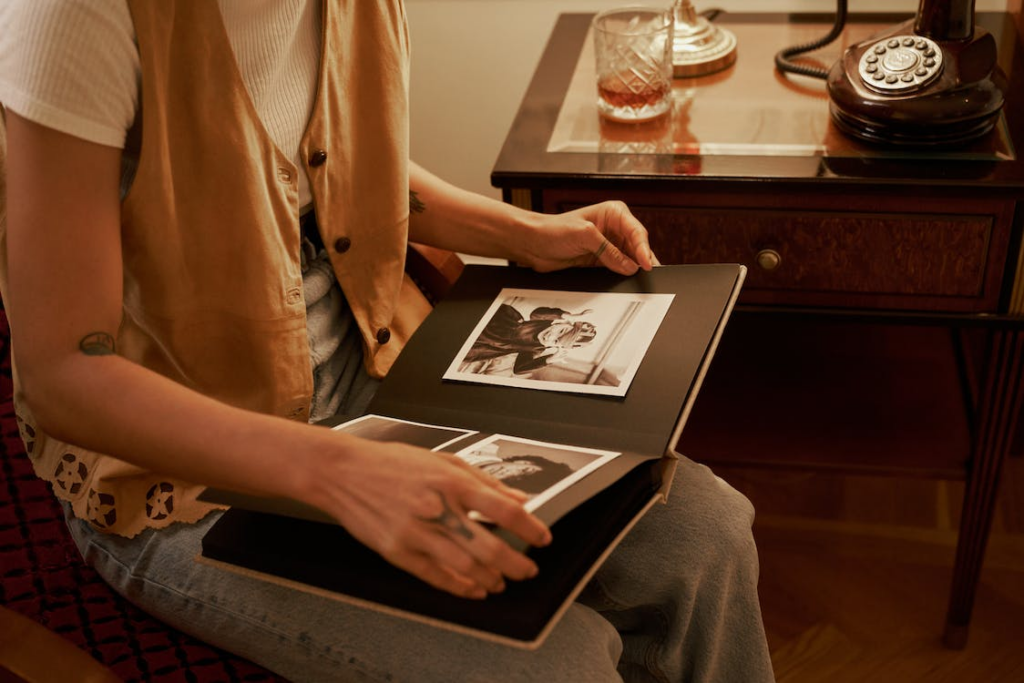
B. Expert Tips for Best Results
- Start Small: If you’re new to photo restoration, start with less damaged photos. As you gain confidence and skill, you can tackle more challenging projects.
- Be Patient: Restoration takes time. Don’t rush the process. It’s better to spend extra time getting it right than to rush and be disappointed with the results.
- Backup Your Work: Always keep a copy of the original scanned image. That way, if something goes wrong, you can start again without having to re-scan the photo.
- Use Layers: In your editing software, work on different layers for each step of the restoration process. This allows you to easily undo a step if needed without affecting the rest of your work.
- Learn Continuously: The world of photo restoration is constantly evolving. Keep learning about new tools, techniques, and best practices to keep your skills sharp.
With these steps and tips, you’re well on your way to restoring your precious old photos like a pro. Remember, the goal of photo restoration isn’t just to repair damage, but to bring back the life, color, and memories that make each photo special. Happy restoring!
Get Your Photos Restored Today!
Discover the beauty of your old memories and get your photos restored today! Bring those moments back to life with our easy and convenient restoration service.
VII. The Emotional Impact of Photo Restoration
A. Inspiring Stories from MemoryCherish Customers
The true value of photo restoration often becomes evident through the heartwarming stories of our customers at MemoryCherish. Take, for instance, the case of Mr. Thompson. When he brought us a water-damaged photo of his grandparents’ wedding—a picture that had survived two world wars and countless family moves—he admitted to not having much hope. But as we meticulously restored the image, bringing clarity to the joyous faces of his grandparents, Mr. Thompson was moved to tears. He shared that the restored photo wasn’t just an image, but a tangible connection to his roots, a reminder of the love story that started his family.
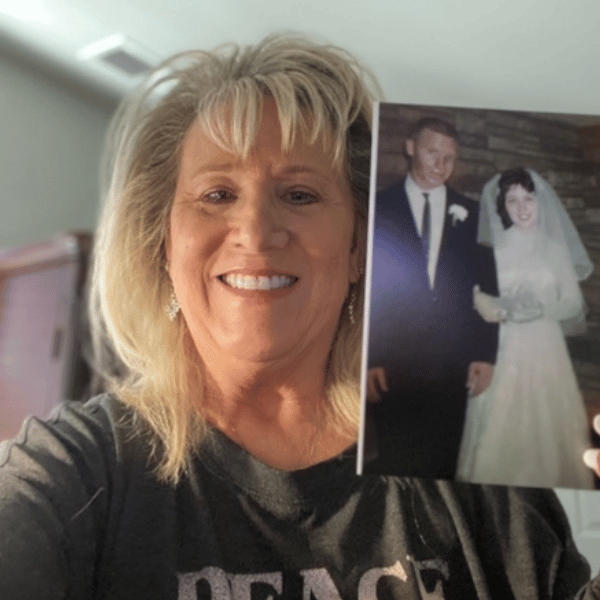
Another customer, Mrs. Garcia, found comfort in a restored photo of her late mother. She told us how the photo, initially marred by time and neglect, was the only image she had from her mother’s youth. Seeing her mother vibrant and full of life again provided her with a sense of peace and closure she hadn’t thought possible.
B. The Importance of Keeping Our History Alive
These stories underscore the profound importance of preserving our personal and collective histories. Each restored photo is a thread in the tapestry of our past, connecting us to those who came before us, informing our present, and leaving a legacy for future generations. By restoring old photos, we do more than save images from decay—we safeguard our heritage, celebrate our stories, and honor the lives that have shaped us. In every sense, photo restoration is a labor of love, a testament to the enduring power of memory, and a tribute to the indelible imprint of our shared human experience.
VIII. Conclusion
In a world that’s increasingly digital, the charm and sentimentality of old photos hold a unique appeal. They are tangible tokens of our history, filled with stories, emotions, and memories. However, time and elements can take a toll on these cherished mementos, often leaving them faded, torn, or damaged. Photo restoration is a way to reclaim these priceless pieces of our past, using a blend of traditional techniques and modern technology to revive their original beauty. From cleaning and dusting to repairing physical damage, restoring faded images, color correction, retouching, and even harnessing the power of AI, the process of photo restoration is both an art and a science.
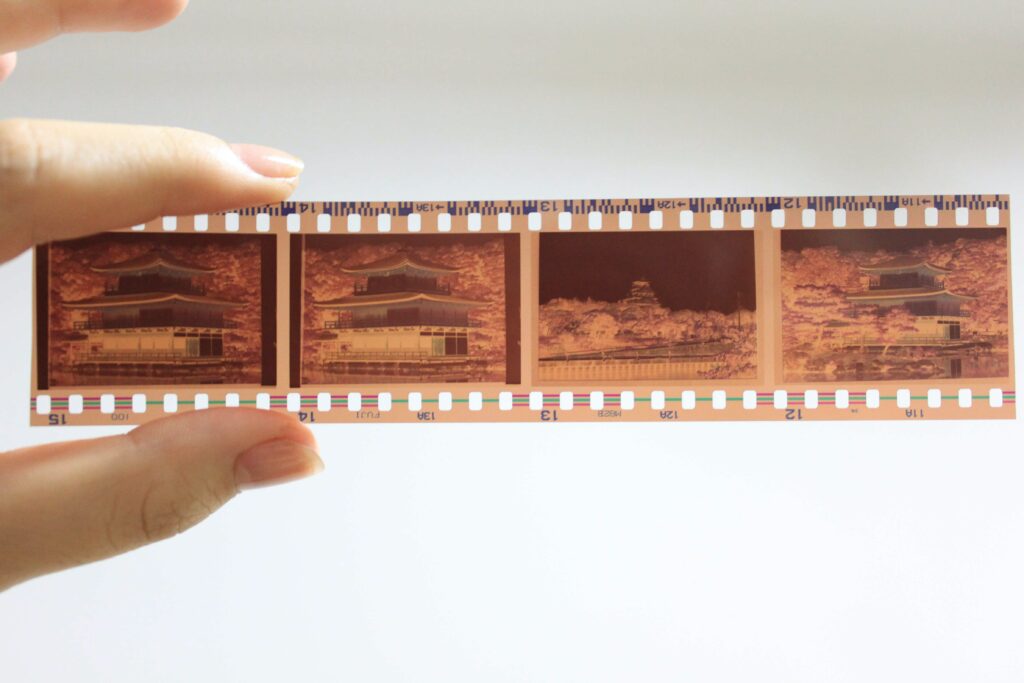
At MemoryCherish, we believe in the magic of preserving memories. Our skilled team of restorers puts their heart and soul into every project, treating each photo with the respect and care it deserves. We invite you to experience the joy and satisfaction of seeing your old photos restored to their former glory. Whether it’s a treasured family portrait, a precious moment from your childhood, or an important historical image, let us help you keep your memories alive. Reach out to us today and step into the wonderful world of photo restoration. After all, every picture tells a story, and those stories deserve to be told for generations to come.
FAQ
Q1: What kind of photos can be restored?
A: Virtually any photo can be restored, regardless of its condition. This includes photos that are faded, torn, water-damaged, discolored, or even those with parts missing. The goal of photo restoration is to bring the photo back to its original state, or as close as possible.
Q2: Can I restore photos myself, or should I hire a professional?
A: While it’s certainly possible to restore photos yourself, especially with the availability of digital tools and online tutorials, it’s important to remember that photo restoration is an art that requires skill and patience. If the photo is particularly damaged or holds significant sentimental value, you might want to consider hiring a professional.
Q3: How long does photo restoration take?
A: The time it takes to restore a photo can vary greatly depending on the extent of the damage. A lightly damaged photo might only take a few hours to restore, while a severely damaged one could take days or even weeks.
Q4: Can old black and white photos be colorized?
A: Yes, old black and white photos can indeed be colorized. This process involves adding color to the photo in a way that looks natural and realistic. It requires a good understanding of how light and color work, as well as a fair amount of artistic judgment.
Q5: How can I prevent my photos from getting damaged in the first place?
A: To prevent your photos from getting damaged, store them in a cool, dry place out of direct sunlight. Consider storing them in archival-quality photo albums or boxes. Additionally, you can digitize your photos to preserve them indefinitely.
Remember, every photo tells a story, and it’s our mission at MemoryCherish to help keep those stories alive. If you have any other questions about photo restoration, don’t hesitate to reach out to us.
Get Your Photos Restored Today!
Discover the beauty of your old memories and get your photos restored today! Bring those moments back to life with our easy and convenient restoration service.



